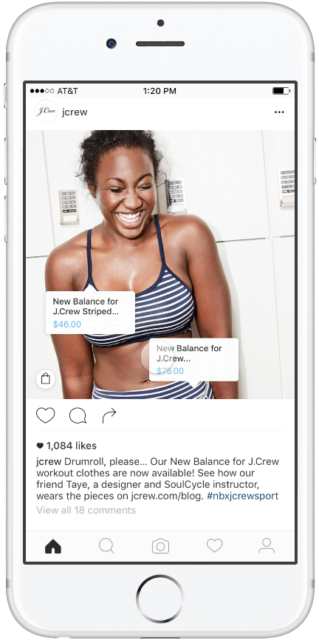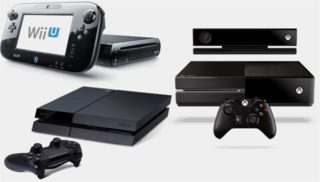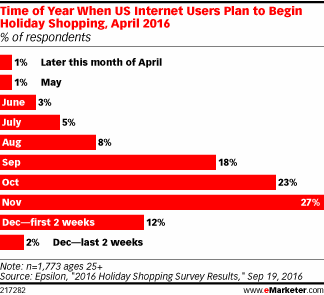Competitive mobile games are steadily making names for themselves on the eSports scene, but it can be difficult to imagine match-3 puzzle games (one of the most popular genres on mobile) as a competitive experience. Storm8 is out to change that perception by bringing some friendly competition to its casual games. In May, the developer updated its match-3 game, Candy Blast Mania with a feature called Puzzle Tournaments. And more recently, Hungry Babies Mania, a puzzle game that features cute little animals, was enhanced with Global Events, which allows players to compete and collaborate for rewards.

Storm8’s senior product manager for Hungry Babies Mania, Norbert Kalman, explained to [a]listdaily that in each Global Event, “players are tasked to collect a specific item to earn event points, such as a puzzle piece or a power up. In particular, Team-vs.-Team introduces players to a team-based competition not before seen in a casual puzzle game.”
The four Global Events are:
- Solo: players collect points and win prizes by completing each of the event’s five goals.
- Leaderboard: same mechanics as the Solo event but players can win additional prizes by ranking highest on the event leaderboard.
- Community: players are randomly placed into a Community, and each Community must complete the same five event goals to win rewards. Bonus prizes are given to players who make it to the Community Leaderboard.
- Team-vs.-Team: players are randomly placed into one of four teams and collaborate to compete against other teams to win prizes. Prizes are awarded based on both team rank and an internal team leaderboard.
“At Storm8, we’re always looking for new ways to entertain our players,” said Kalman. “Our live operations team did an amazing job of bringing both a collaborative and competitive spirit into a casual game—offering our gamers something fresh. Even for older titles, there’s always new ways of bringing a new element of excitement to players’ day-to-day gaming.” Kalman noted that Storm8 was working to bring more limited time events to its casual games to keep players engaged for years.
With the emphasis on competition, we asked Kalman if eSports were starting to impact the development and promotion of casual games. “I wouldn’t say that it’s impacting our development per se,” he responded. “Most of our games will remain casual given our audience. However, we’re certainly taking some competitive elements, like what you see in Global Events and titles like Candy Blast Mania or Frozen Frenzy Mania, where we have team-based competition and tournaments to enhance gameplay. A little friendly competition never hurt anyone and keeps players entertained.”
When asked about how fans have taken to the competitive features, Kalman said that “the response has been tremendous. Players love it! In response to the great feedback and engagement we’ve seen from players, we’re actually enhancing that feature with more tournament types, which should go live in the next few weeks.”
 Furthermore, Kalman discussed featuring a competitive tournament in Hungry Babies Mania called Hungry Games. “When Hungry Games launched, about 70 percent of the game’s players participated and we’ve seen the game’s all-time revenue high, which is incredible.”
Furthermore, Kalman discussed featuring a competitive tournament in Hungry Babies Mania called Hungry Games. “When Hungry Games launched, about 70 percent of the game’s players participated and we’ve seen the game’s all-time revenue high, which is incredible.”
As to whether Storm8 had to do a lot of promotion for its competitive features, he said that “Since it’s not a core part of the game loop, we have to (in a way) educate our players and let them know that they have new ways to earn rewards.” New features are usually announced on the company’s forums, on its blog, its social media channels and through traditional media. Games are also updated with an icon that appears on the main screen, and users are given daily pop-up notifications that inform them of when new events start and end, along with what rewards they can earn. Players who opt-in may also receive push notifications about events.
It turns out, friendly competition is a great way to engage with audiences, compared to games that don’t have competitive elements. “We have seen about a 25 percent increase in daily games played in titles where we added these competitive elements,” said Kalman. “It has definitely enhanced overall engagement without cannibalizing the core game play, which is important. We’re also mindful of the fact that there may be some players who like to stick to the core game loop, so there’s always that option for them.”
However, given the cute art styles of Candy Blast Mania and Hungry Babies Mania, how competitive can these puzzles games get? Kalman said, “To our surprise, casual players can get pretty competitive! I think that when features are the designed the right way, people are encouraged to play and compete. In Hungry Games and Tournaments, it almost feels like a party, with so many people participating and playing in real-time. At the end of the day, the ‘fun’ aspect and the right execution is what drives the engagement.”
Kalman also explained how Storm8 was doubling down on cooperative gameplay. “Team-vs.-Team has both a collaborative and competitive aspect in that players work together to drive to a common goal and earn rewards,” he said. “At the same time, they also need to be strategic with their matches so they can make it to the top of the leaderboard. It’s that combination that really brings it home.”
So, how did Storm8 bring a sense of competition to its casual games without upsetting the core experience? “Global Events is an added element outside of the core game loop,” Kalman said. “Essentially players can play their regular level progression and collect points. The points feed into a meta layer where we add up all the team members’ points to calculate the overall team’s points. The teams then compete against each other for the top spot based on team points. Players can monitor the real-time status. We’ve built in elements within the user interface, such as leaderboard animations and a team member contribution ticker, to help make players feel invested in their team’s progress.”
But if casual gamers find themselves competing against each other at a high level, can they still be considered casual players? “I think that casual games like ours will remain casual unless the core loop of the game changes completely,” said Kalman. “In Hungry Babies or Candy Blast, these are sub games that provide players with an additional layer of entertainment within the game, but the core loop of the games remains casual; it’s a puzzle mechanic.
“I think that if there’s a real-time PvP match-3 game, where there’s one game board and two players take turns making matches, that’s when I’d say the game could cross over into mid-core—games like Hearthstone or Clash Royale. For our games, we’re building structures and adding that competitive layer on top of our core loop to add a fresh level of experience for players. It’s a casual game meets mid-core feature, but still a casual game at heart.”

 Tapping on the item will bring up an information page that allows users to research the product without leaving the app.
Tapping on the item will bring up an information page that allows users to research the product without leaving the app.  Eighty-two percent of US respondents cited “ease of use” as the reason for why they preferred their most-used payment method for mobile gaming. PayPal was cited as the payment method used the most in the last three months by US respondents to purchase digital video game downloads or in-game content for their PC/Mac or laptop.
Eighty-two percent of US respondents cited “ease of use” as the reason for why they preferred their most-used payment method for mobile gaming. PayPal was cited as the payment method used the most in the last three months by US respondents to purchase digital video game downloads or in-game content for their PC/Mac or laptop.


